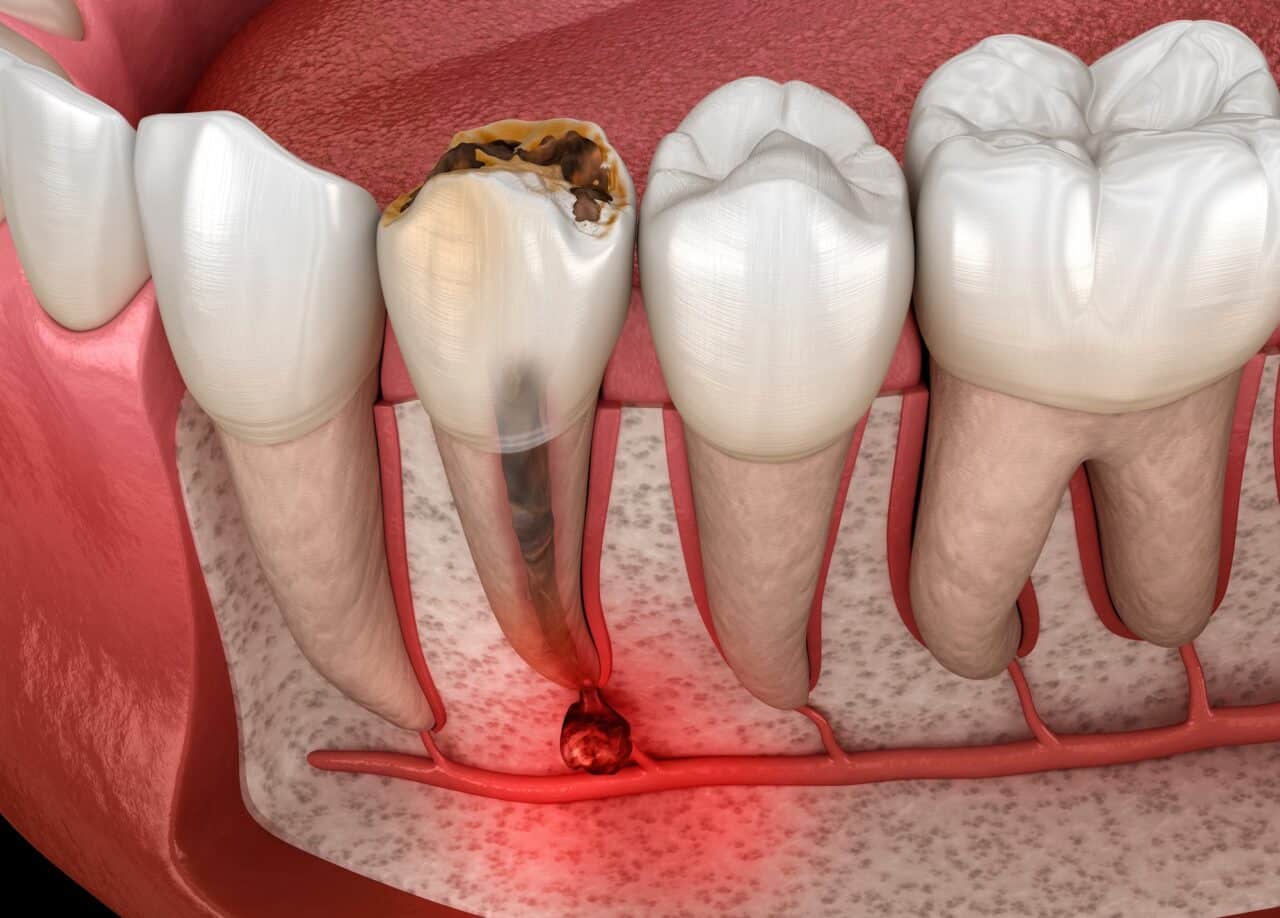Imagine the unsettling surprise of tooth pain from a root canal infection years later: a procedure you thought had permanently solved your dental problems. While root canal treatments boast an impressive success rate, root canal infections years later are more common than many realize, affecting up to 15% of treated teeth. Whether due to incomplete cleaning, new decay, or damaged restorations, these delayed infections can threaten not just your oral health but your peace of mind. Understanding why and how a root canal can become infected years after treatment isn’t just about addressing concerns—it’s about empowering you to recognize the warning signs and take prompt action to protect your investment in your dental health.Can a Root Canal Get Infected Years Later? Understanding Post-Treatment Complications
Understanding Root Canal Treatment Basics
A root canal procedure involves removing infected or damaged dental pulp from inside a tooth’s root canal system. During treatment, your dentist or endodontist:
- Cleans out infected tissue
- Disinfects the canal system
- Fills and seals the space
- Places a permanent restoration (usually a crown)
When performed correctly, root canal treatment has a success rate of approximately 95%. However, complications can arise even years after the procedure.
Why Root Canal Infections Can Return Years Later
Several factors can contribute to root canal infection years later:
Incomplete Initial Treatment
- Missed canals or complicated root anatomy
- Inadequate cleaning of infected tissue
- Incomplete sealing of the canal system
Restoration Issues
- Cracked or loose crowns
- Delayed placement of permanent restoration
- New decay around old fillings
Additional Risk Factors
- Tooth trauma or injury
- Complex root canal anatomy
- Bacterial recontamination
- Undetected cracks in tooth structure
Recognizing Signs of Root Canal Infection
Watch for these symptoms that may indicate a failed root canal:
Primary Warning Signs
- Persistent pain or tenderness
- Swelling in nearby gums
- Tooth sensitivity to pressure
- Discoloration of the treated tooth
- Pimple-like bump on the gum (fistula)
When to Seek Treatment
- Contact your dentist immediately if you experience:
- Severe pain that disrupts daily activities
- Visible swelling or drainage
- Tooth mobility
- Fever or general illness
Treatment Options for Failed Root Canals
Endodontic Retreatment
The most common solution involves:
- Removing old root canal filling
- Cleaning and reshaping canals
- Addressing missed anatomy
- New filling and restoration
Apicoectomy
This surgical option may be necessary when retreatment isn’t possible:
- Removes infected root tip
- Seals root end
- Preserves natural tooth
Extraction and Replacement
Sometimes removal is the best option, followed by:
- Dental implant
- Bridge
- Partial denture
Preventing Root Canal Reinfection
- Maintain your treated tooth through:
- Regular dental checkups
- Excellent oral hygiene
- Prompt repair of damaged restorations
- Protection from trauma during sports
- Early intervention for new symptoms
When to Contact an Endodontic Specialist
If you’re experiencing symptoms of root canal infection years later, don’t wait to seek treatment. The Dentist LV specializes in diagnosing and treating failed root canals. Contact us at our office to schedule an evaluation and discuss your treatment options.


